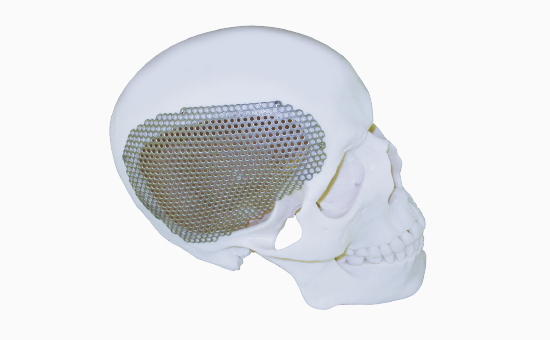Product Development
Business Domain
Minimally Invasive Treatment
“Minimally invasive treatment” is a method of treating the affected area without damaging the body as much as possible, unlike conventional surgical treatment.
The application area covers the whole body such as vascular system, digestive system, etc and the method is “administer”, “stuff”, “suck”, “keep original shape”, “scrape out”, “spread”, “dissolve” and so on.
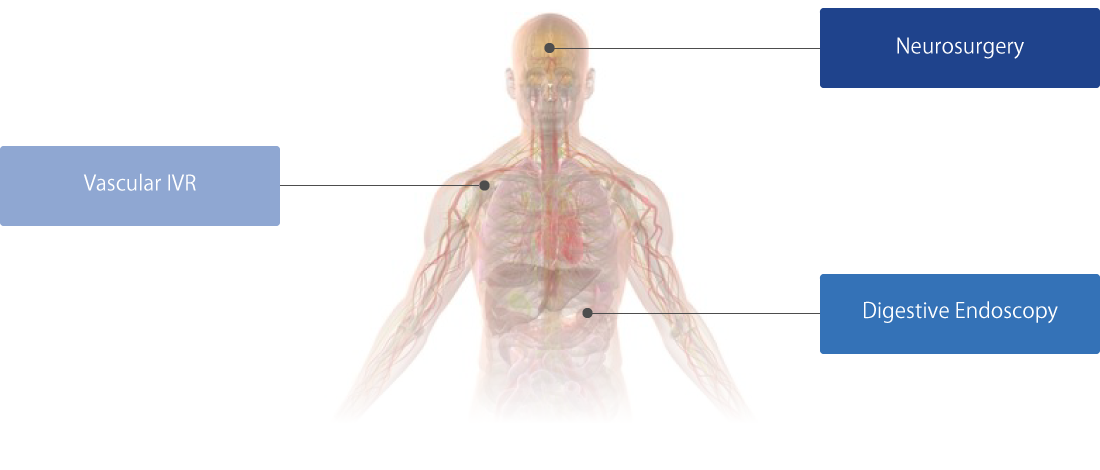
Vascular IVR
Oncology
[Local treatment from arteries]
First, a guide wire is inserted into the artery from the femoral artery or elbow artery.
A complex and winding blood vessel is seen through X-rays, and the catheter is delivered to the affected area, where an anticancer drug is injected (“administered”).
Since surgery can be performed simply by drilling a small hole without incising the body, the burden on the patient's body is greatly reduced.
[Systemic treatment from veins]
A port and a catheter connected to the port are implanted under the skin of the subclavian vein, internal jugular vein, and brachial vein toward the heart.
It can be treated permanently by inserting a needle into the port and injecting (“administering”) medicinal solution.
Since there is no external exposure during the period of no treatment, it is an effective treatment that improves daily life including bathing and exercise and improves the patient's QOL.
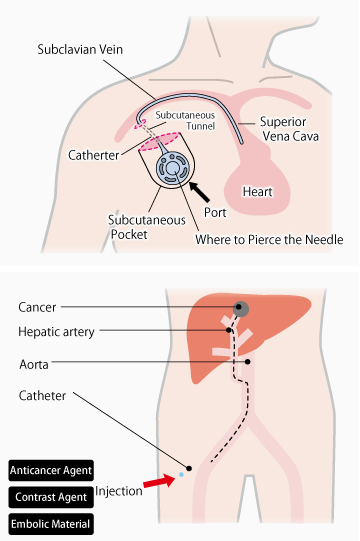
Vascular
Aneurysms can also be treated with a catheter.
From the tip of the catheter that reaches the affected area, it is embolized (“stuffed”) with a platinum coil to stop the blood flow to the aneurysm and treat it.
The platinum coil is straight as it passes through the catheter, but is designed to remain as a proper mass within the aneurysm.
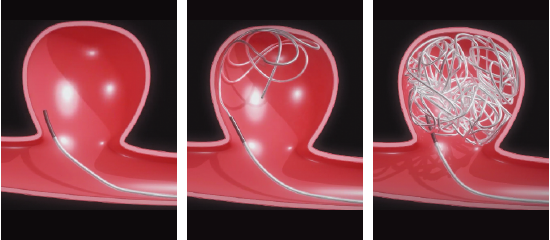
Digestive Endoscopy
[Biliary pancreatic endoscopic diagnosis]
A guide wire is inserted into the thinner bile duct and pancreatic duct under X-ray fluoroscopy from the tip of the endoscope inserted through the mouth and advanced to the duodenum through the esophagus and stomach.
Subsequently, a cannula (tubular tube) is inserted and a contrast medium is injected (“administer”), or cells and tissues are collected (“sucked”) using biopsy forceps, and pathological diagnosis is performed and inspect whether or not.
[Biliary pancreatic endoscopic treatment]
Bile that has accumulated due to calculus or stenosis can cause infection, so a cylindrical object called a stent is inserted and placed (“keep its original shape”) for treatment.
Stents are made of plastic or metal nets and come in a variety of lengths, thicknesses, and shapes.
Use the most appropriate one depending on the lesion and condition.
The stone is removed (“scraped out”) using basket-like forceps.
Diagnosis and treatment of diseases of the bile duct and pancreatic duct in the inside the body can be done without performing laparotomy.
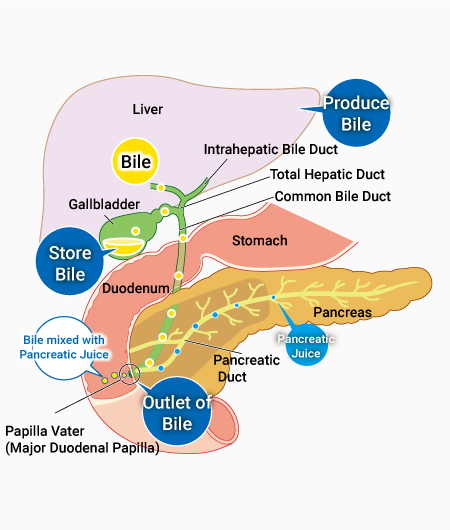
Neurosurgery
[Brain surgery]
The skull is opened for the treatment of cerebral aneurysms and brain tumors, and after clipping and removing surgery, the removed skull is fixed with a plate and screws.
For patients with cranial defects, a custom-made custom plate tailored to the shape of the defect may be used.
